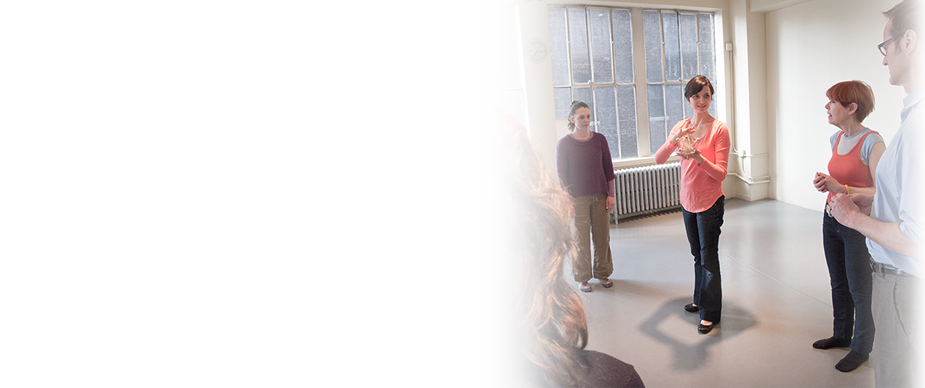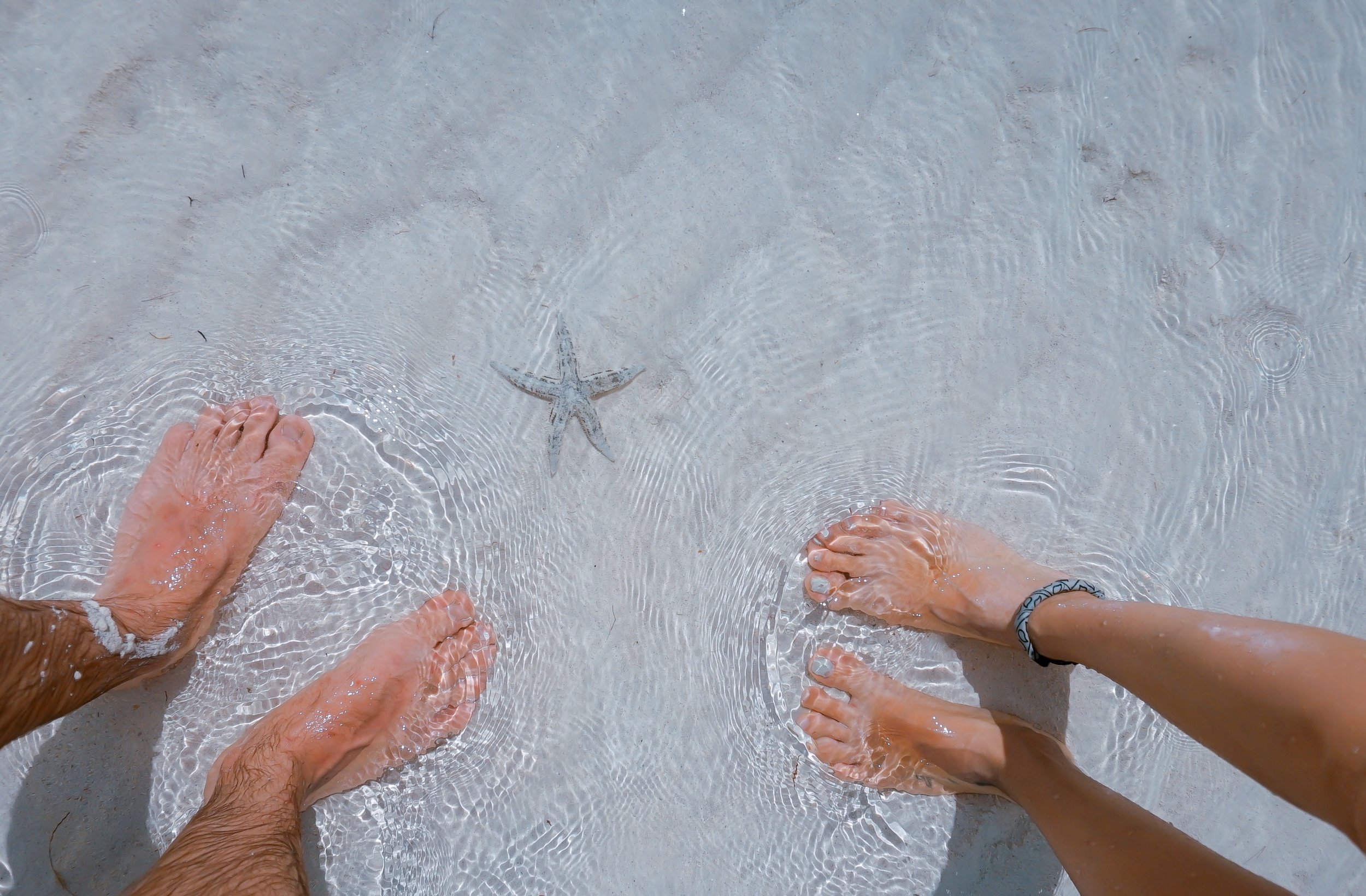4 tips 4 taking care of your feet
/Did you know that the state of your feet can have a major influence on your posture?
How do your feet feel today? Do they feel cramped in your shoes? Do they get tired or painful? Do you tend to favor one part of the foot when you stand? Or do you not really pay much attention to them? They get you around and that's enough...
How do you think about your feet? A lot of people see and feel their feet as sort of blocks attached to the ankle joints. Flippers that we walk with. But...
Did you know that there are 33 joints in each of your feet?
Your feet are your foundation, your base of support. If they are tight, collapsed, or you're not distributing weight through them evenly, then you're working with a narrower base...a little like the difference between standing and walking on ice skates verses standing and walking on snow shoes (Ok, our feet should defiitely be more mobile than snow shoes, but I'm talking about surface area making good contact with the groud.)
So how do our feet get so tight and distorted???
Here are four key reasons. Some may seem obvious. Others may surprise you. And I've offered a tip for each one!
1. Footwear that resticts the feet (probably the most obvious). Shoes and some socks and tights. Yes, socks and tights can restrict the feet.
TIP: Think about tossing any socks or tights that scrunch up your toes. You don't have to replace all of your shoes, but try and buy shoes with a toe box on the roomier side and check to make sure you're buying the right size. People often wear shoes a half to a full size too small.
2. Boring walking surfaces (In New York City, everyone's always talking about being over-stimulated, most people's feet are probably vastly understimulated from walking on flat surfaces so much of the time. The feet don't really have much to move and respond to)
TIP: Make a point to walk on slightly uneven surfaces when you can...even if you can't go on a hike...think like a kid and perposly walk on the uneven part of the sidewalk (Don't do this if you're worried about tripping)
3. Sitting - Yes, sitting. If your feet aren't on the floor when you sit, they're doing something. Maybe you're sitting on them or tucking them being the wheelbase of your chair for eight hours/day.
TIP: Time yourself in 5-minute increments and see if you can keep your feet flat on the floor at your desk.
4. More general postural patterns - Maybe you favor one side or have scoliosis, your neck and shoulders are tense, or you have some lower back issues. The problem may not start in the feet, but the feet are part of the postural pattern and undoing harmful patterns can be helped tremendously by addressing the feet.
TIP: Try to balance your weight evenly on both feet and see if that changes anything in your back, neck, and shoulders
How do you feel if you pay more attention to your feet? Want to learn more? Check out lessons and classes!

















